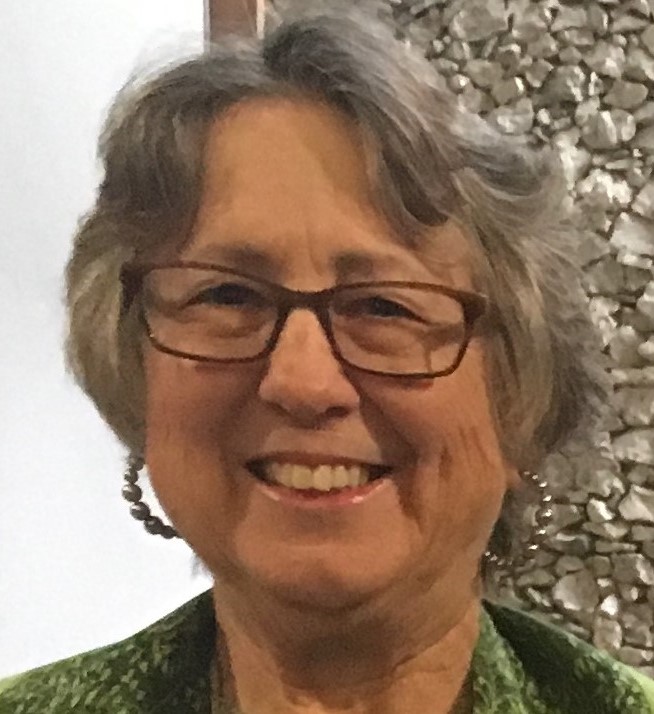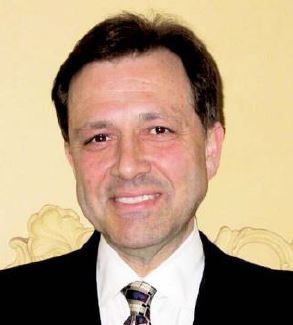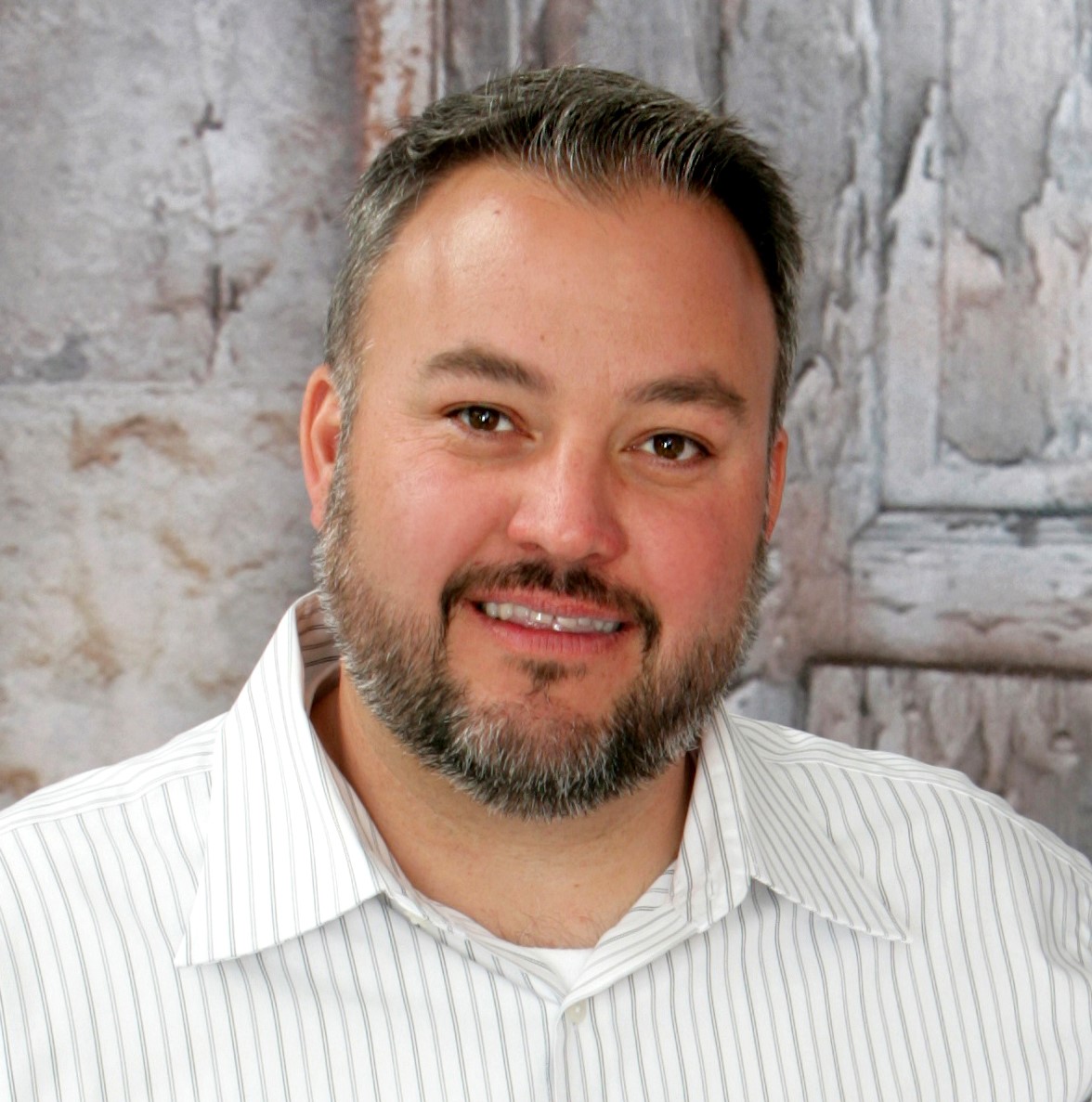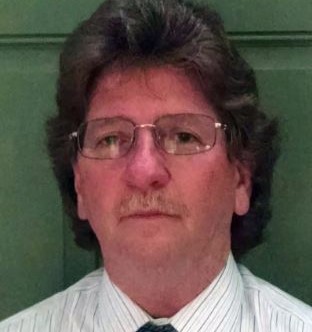Downtown Rockport: Strength, Vitality, and Resilience
Recovery Planning Assistance Team

The coastal city of Rockport, Texas, was at the epicenter of Hurricane Harvey when the historic storm made landfall on August 25, 2017. Damage to the city’s infrastructure, housing, and businesses was significant and the local economy suffered greatly in the wake of the storm. Just a few feet above sea level, recurrent flooding in the downtown remains a constant challenge. The city requested help from a Recovery Planning Assistance Team (RPAT), a subset of the Community Planning Assistance Teams (CPAT) program that helps communities recovering from disasters, to provide guidance on revitalizing downtown Rockport.
The team’s report offers environmental and economic resiliency strategies, as well as updated urban design recommendations for downtown Rockport. Downtown is consistently vulnerable due to an inadequate stormwater system. The team identifies mitigation for the short and longer terms to reduce risks to flooding. Five economic resiliency threats include specific short- and longer-term strategies at both the district level and the regional scale. Ultimately, the city needs a long-term economic development strategy that creates more diversity and complexity to reduce economic vulnerability.
The urban design section provides a vision and guide for improvements to public spaces, infrastructure, and buildings that can leverage private investment and economic revitalization of the Austin Street corridor and downtown Rockport. An implementation matrix outlines the full recommendations of the team.
Meet the Team

Team Leader
Carol D. Barrett, FAICP

Team Member
Eugene Aleci, AICP, AIA, RA

Team Member
Richard Amore, AICP

Team Member
Eugene Henry, AICP, CFM

Team Member
Kerrie Tyndall
Details
Table of Contents
The Purpose of the CPAT Program
Executive Summary
Introduction and Background
How We Did Our Work: CPAT Project Process Overview
About Rockport
Hurricane Harvey
Environmental Risks of Coastal Living
Rockport’s Disaster Grant Application
What We Found
Recommendations
Flood Mitigation and Resiliency
Resilient and Successful Economic Development
Downtown Design, Vitality, and Resilience
Implementation Matrix
Appendices
Appendix A: Rockport’s Adopted 2006 Downtown Master Plan and Commentary by the Rockport CPAT
Appendix B: Information on the Texas Main Street Program
Appendix C: Heritage District Overlay Ordinance
Appendix D: Resources and Finding Opportunities for Creating an Active and Beautiful Public Realm in Downtown Rockport
Appendix E: Rockport CPAT Schedule
Appendix F: Picture Gallery
Appendix G: Meet the Team


